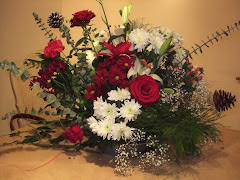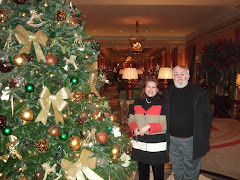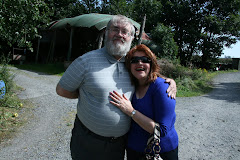Before Freud described the dark battles going on in the minds of men and Jung unveiled the world of the collective unconscious filled with prototypes and symbols, poets, writers and painters had long since discovered all this, and more. Their dreams had been mines of information on every subject under the sun, inspiring them to reflect on the profound psychological and paradoxical nature of man.
Expressing that confrontation of repressed savagery and open benevolence present within the authors and other artists, we find literary revelations that could easily have come straight from the confidential casebook of a present-day psychiatrist. The fears of hell and visions of horror were therefore recognized ages ago, as aspects of one's darker unknown self.
Neither Freud's generation, nor Freud himself, should have been surprised by his discoveries concerning man's true self if they had read earlier literature. The symbolic paradise dream, set in a personal garden of delight, was seen and written about in terms of compensation and wish-fulfilment, a long time before it received the analytical Freudian treatment. Throughout Shakespeare's work, run themes and references to sleep and dreams conveying those states of reality and illusion between which we so often find ourselves trapped.
The author Robert Louis Stevenson who was fortunate in that he remembered most of his dreams, in his book 'Across The Plains' he described how complete stories came to him during sleep. Each night he would pick up the fantasy-thread where he had left it the night before and carry on from there. In Shakespeare's Hamlet we find: ' To sleep, to sleep, perchance to dream - ay, there's the rub; for in that sleep of death what dream may come when we have shuffled off this mortal coil ?
Wednesday, 9 September 2009
Subscribe to:
Comments (Atom)
































































.jpg)
.jpg)









































